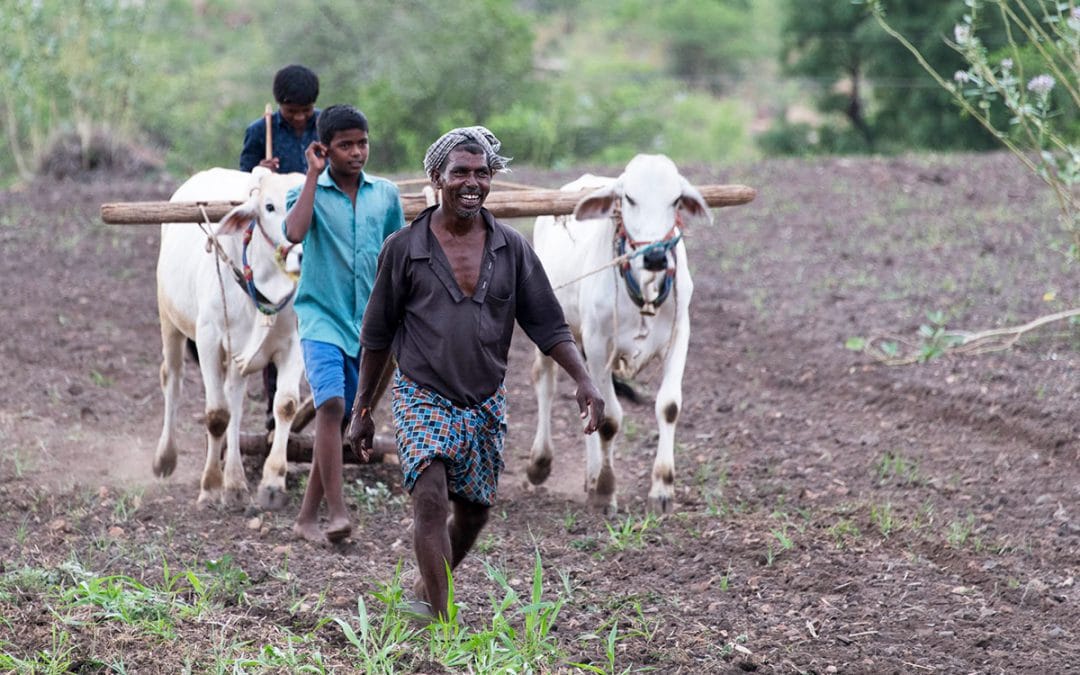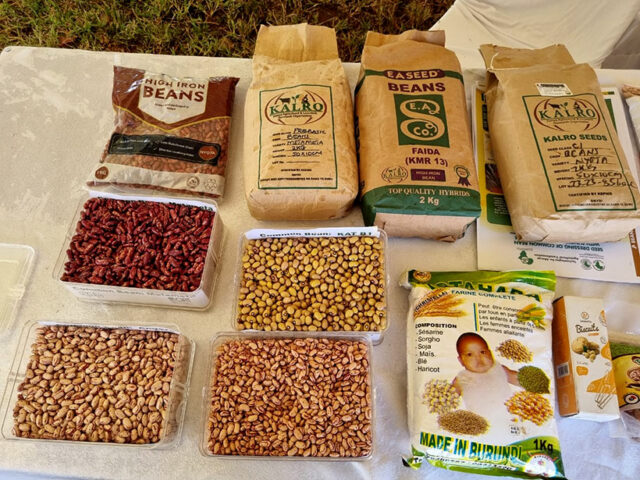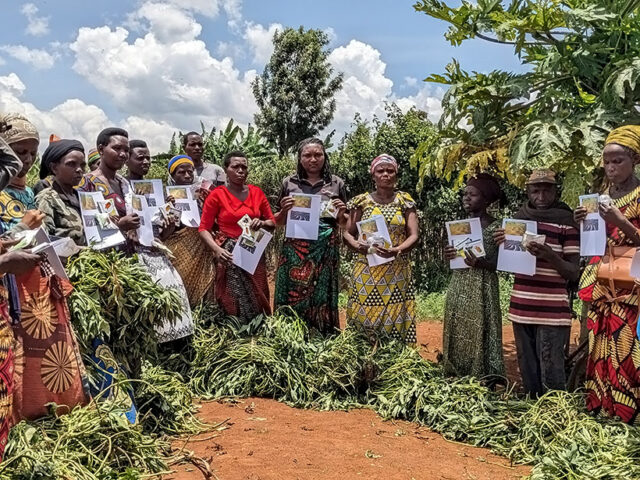
A systematic literature review of studies from 14 low and middle income countries in Asia and Africa has suggested that aspirations of rural poor are strongly associated with agricultural development and can be viable predictors of rural household trajectories.
Agriculture continues to play an important role in developing economies, yet with increasing rural-urban migration, ageing farm population and waning interest of rural youth in agriculture, its sustainability is under threat. Thus, understanding the aspirations of farming communities and rural youth becomes critical. Populations with high aspirations visualize and engage in forward-looking behaviour, whereas low aspirations lead to reduced efforts and fewer investments for a prosperous future. When the poor fail to see a tomorrow better than their today, they do not take action to improve their future, and consequently become more stuck in a poverty trap. Besides, aspirations are not merely expectations of what the future will be like; individuals could aspire to achieve positive outcomes.



